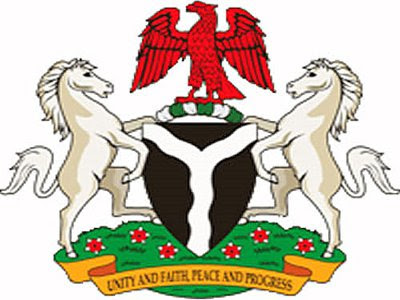Fuel subsidy returns, as NNPC records N50bn shortage
Fuel subsidy appears to have returned, as the Nigerian National Petroleum Corporation, NNPC, said it recorded ‘under recovery’ of N49.86 billion between January and March 2017. Under-recovery in downstream petroleum marketing parlance, is when the expected open market price of PMS, which includes the cost of importation and distribution of the commodity, such as marketers’ margins, landing cost and freight cost, is below the approved official retail price at the pump.
Giving a breakdown of the figures, the NNPC in its latest financials, the March 2017 Monthly Financial and Operations Report, stated that it recorded under-recoveries of N37.26 billion, N6.3 billion and N6.3 billion for January, February and March 2017 respectively. Though the NNPC did not state the amount per litre, the total amount was charged from proceeds of its domestic crude oil and gas sales.
Today, with the retail price of Premium Motor Spirit, PMS, at N145 per
litre, the NNPC is absorbing the extra cost and is paying the subsidy to
itself. In an analysis of its total receipt for the months, the report
disclosed that the NNPC recorded domestic crude oil and gas receipt of N132.202
billion in January 2017, rising to N171.786 billion in February, while in
March, it recorded N134.96 billion. Of the total receipts, the NNPC, after
appropriating for the under recovery, crude oil and product losses, and pipeline
repairs and management cost, transferred N49.17 billion, N61.29 billion and
N46.46 billion for January, February and March 2017 respectively, to Joint
Venture Cash Calls, JVCC.
The NNPC, the report also revealed, transferred a
total of N89.36 billion, N116.83 billion and N94.83 billion to the Federation
Account in January, February and March 2017 respectively, for onward
distribution to the three tiers of government. In its financials over the last
couple of months, the NNPC stopped appropriating for fuel subsidy in January
2016 up until December 2016. However, in January 2017, it returned, under a new
heading — ‘Under Recovery.’ This might not be unconnected with the increase in
the price of crude oil in the international market, from about $20 per barrel
in 2015 to about $50 per barrel for most part of 2017. It can also be
attributed to the declining value of the naira and scarcity of foreign
exchange, especially the dollar.
The increase in the price of crude oil, low
value of the naira and difficulties in accessing foreign exchange, had forced
many oil marketers to discontinue fuel importation. Kachikwu confirms under
recovery Minister of State for Petroleum Resources, Mr. Ibe Kachikwu, had a few
weeks ago, stated that the downstream and midstream sectors of the Nigerian
petroleum industry continued to remain challenged, disclosing that the price of
PMS was rising above the current pump price. He said: “The environment has since changed after the
review in May 2016. When we did all these, pricing for crude oil was more in
the $25 to $30 per barrel; today, it is in excess of $54, which is fantastic
because it means that our revenue stream is improving.
Vanguard




Comments
Post a Comment